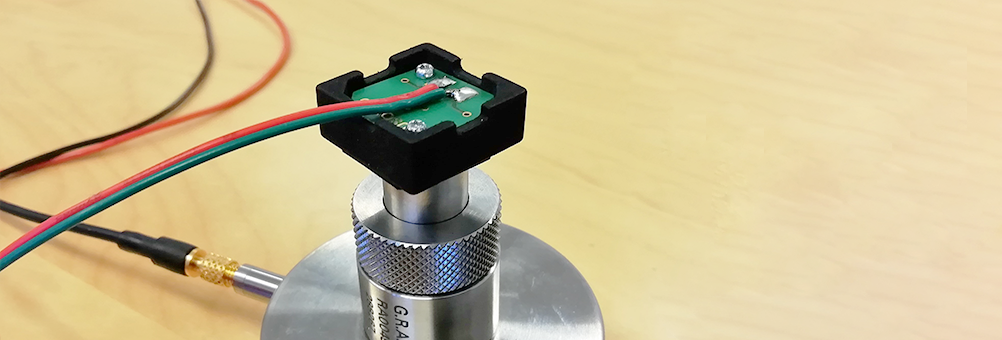
Published:
How to measure USound MEMS loudspeakers
This article gives an overview of how to test the acoustic performance of USound MEMS speakers with reference to the international measurement standards.
Introduction
USound is constantly expanding its products’ landscape, always eager to face new technology challenges and to fulfill its customers’ requirements. USound’s products include two series of MEMS loudspeakers, Ganymede and Conamara, designed for different target applications and form factors.
The MEMS speakers from the Ganymede series (Adap UT-P2023, Achelous UT-P2016 and UT-P2020) have a rectangular shape and a powerful sound. These characteristics make them ideal for designing modern earphones, headphones and wearables, such as audio glasses and AR/VR glasses.
On the other hand, Conamara speakers (UA-C0601-2F, UA-C0601-2T, UA-C0501-2T) exhibit a round shape and an extremely slim silhouette. They have been specifically developed for miniature applications such as True Wireless Systems (TWS) and over-the-counter (OTC) hearing aids.
Both series of speakers include a version with a higher resonance frequency (ideal for tweeter applications, both in-ear and free-field) and one with a lower resonance frequency (optimal for occluded-ear full-range applications).
How to test USound MEMS speakers
USound MEMS speakers can be tested either in free-field conditions (according to the IEC 60268-5 standard) or in occluded-ear conditions (IEC 60318-4 standard). In the following paragraphs, both test conditions will be described, along with the recommended USound products to perform the tests.
The Carme Kit
USound engineers have developed an evaluation kit specifically for USound MEMS speakers: the Carme kit allows for an easy connection between the desired USound speaker and your measurement system, for acoustic measurements in free-field conditions as well as with a standard coupler.
Each USound speaker series has a dedicated Carme kit, which includes an adapter for the measurement coupler and a box for the speaker. The Carme kit can be combined with other products from the USound landscape, such as the Amalthea 1.0 UA-R3010 amplifier or the Helike 1.0 UA-E3010 development board. The Carme kit is also compatible with the UC‑E3010 evaluation board, which features the new USound linear amplifier Tarvos 1.0 UC‑P3010.
Baffle Measurement (IEC 60268-5)
The purpose of a baffle measurement is to smother the sound waves from the back of the speaker, which would otherwise cause sound cancellation. To perform a baffle measurement, it is necessary to place the MEMS speaker inside the corresponding adapter and place it inside an opening in the measurement baffle. The following picture shows an example of the measurement setup at USound.
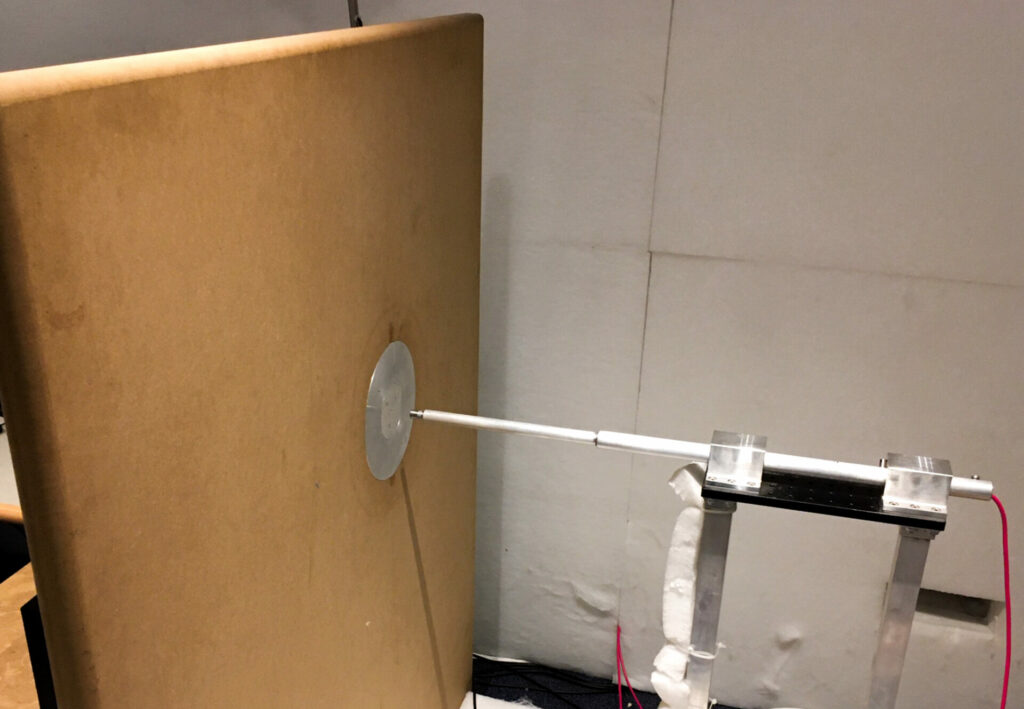
The speaker radiates towards the microphone, which is placed at a 10 cm distance from the baffle (as per the IEC 60268-5 standard). Baffle-measurements can be used to assess the free-field speaker’s performance, keeping in mind that the results will be 6 dB higher than in free-field at low frequencies.
Coupler Measurement (IEC 60318-4)
To evaluate occluded-ear acoustic performance of USound MEMS speakers, coupler measurements (according to the IEC 60318-4 standard, formerly known as 60711, or simply “711”) are required. To this purpose, an adapter has been specifically designed by USound, so that the speaker can be placed as close as possible to the coupler’s reference plane without introducing additional resonances.

For coupler measurements with the Carme kit, the USound MEMS speaker is placed inside the coupler adapter, provided with the kit (see figure above). With this setup, the resulting acoustic measurements will be equivalent to those present in the corresponding product datasheet.
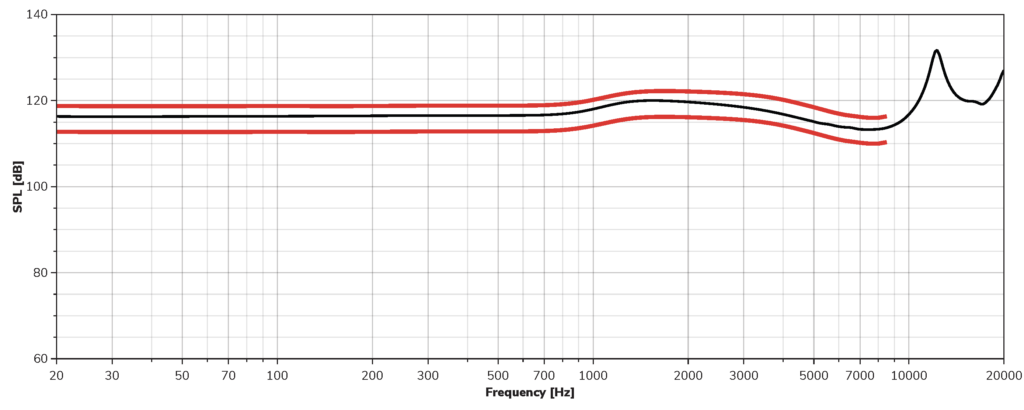
Measurements with the Carme Kit in Free-Field
A free-field is a region of space where the acoustic waves can freely propagate without obstructions, resulting in no reflections or interferences.
For free-field measurements, the MEMS speaker is placed inside the Carme kit speaker box (see exploded view below): with an internal volume of 100 mm³, this enclosure provides the recommended acoustic environment to test USound speakers.

For optimal results, the speaker box should be placed in a reflection-free space (such as an anechoic chamber) and pointed towards the microphone at a reference distance (the standard value is 10 cm).
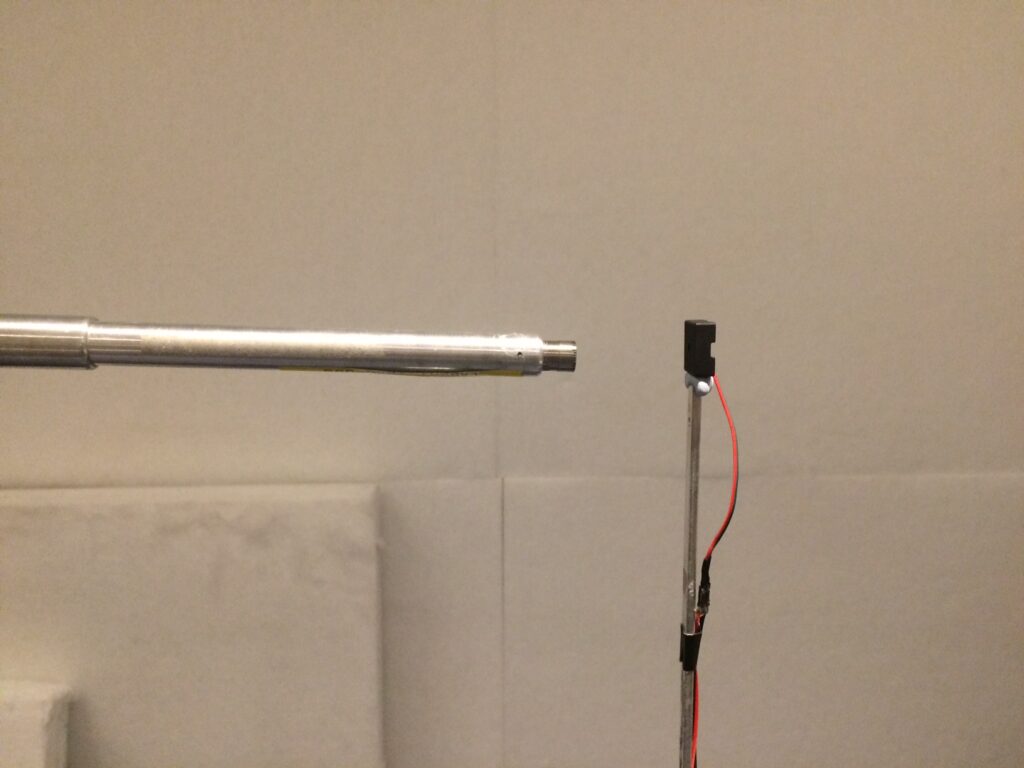
Since no baffle is used in this setup and a back volume is introduced, the resulting frequency response will be different from that shown in the MEMS speaker datasheet. Due to the missing baffle, the SPL will be ~6 dB lower at low frequencies. The following graph compares the results obtained with the USound coupler adapter and with Carme Kit for an Adap speaker.
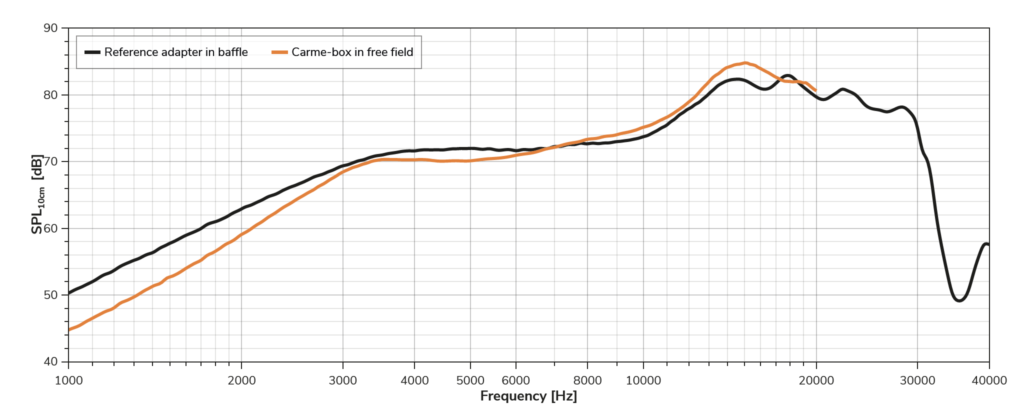
Conclusions
USound provides you with all the required tools and accessories to test and evaluate your favourite USound MEMS speakers under several measurement conditions.
The Carme kit has been specifically designed to connect the USound speakers with your measurement system, for optimal acoustic measurements either in coupler, baffle, or free-field environments.
USound datasheets and guidelines will help you choosing the right product for your application and to perform the required measurements and evaluations. An expert from our team will always be available to support if you need further assistance or guidance.
Get started.
Contact us and discover how MEMS speakers can take your audio system design to the next level.
Contact us >

About the Author
Andrea Greco is a Field Application Engineer at USound. He has international experience as an Acoustics Engineer, with a background in both acoustics and music. LinkedIn

